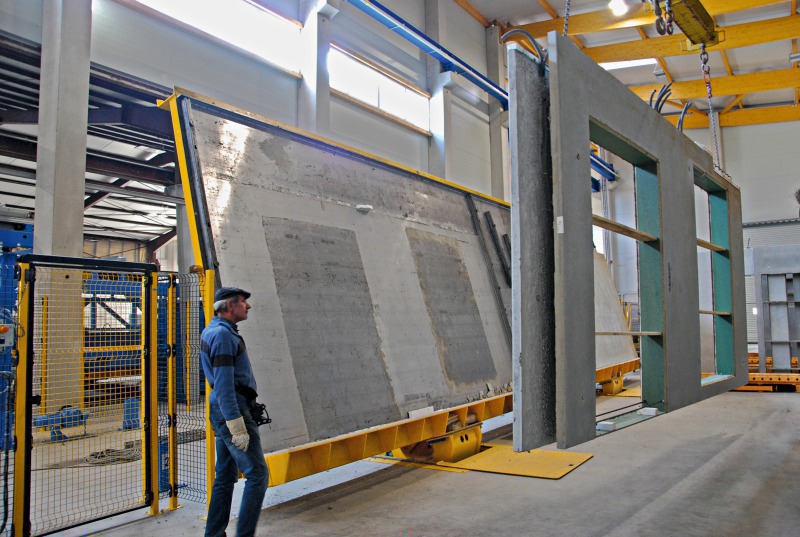Applications and advantages of Structural Ultra Lightweight Nano Concrete
Using this ready-mixed concrete in all types of structural roofs has been approved by the Building and Housing Research Center, and its application significantly reduces costs. The main reason for the lack of widespread use of this product is the general perception of engineers and builders that the strength of concrete decreases due to its lighter weight. The insufficient professional knowledge of manufacturers, employers, and engineers about the properties of nano-materials, in addition to the lack of support from the institutions in charge of construction and specialized associations, for this product and its suppliers, retard the employment of this technology in Iran. While the use of nanotechnology to make ultra-lightweight concrete with very high resistance creates a tremendous change in the country's civil engineering industry.
Below are the advantages of using Structural Ultra Lightweight Nano Concrete.
space

space
- Reducing the weight of the structure, which directly increases its earthquake resistance
- Reducing the construction costs by decreasing the dimensions of the structural sections and thus reducing the amount of concrete, steel, and other materials used
- Increasing the serviceable area of buildings by reducing the dimensions of structural sections
- Increase the useful life of the structure
- Improving the quality and life of arterial urban structures such as bridges, water and sewage systems, and power transmission
- Increasing the resistance of the structure against destructive environmental factors
- Increasing the strength of the structure against permeability
Another approach in the production of qualified concrete is its durability. With nanotechnology, we can produce concrete with significant resistance to abrasion that is lighter than ordinary concretes. In addition, the permeability is also significantly reduced in this type of concrete, which increases the durability and lifetime of the structures in contact with water or corrosive materials.
In terms of execution time, based on experiments, the employment of nanostructured plasticizers improves the production process of precast concrete segments by reducing or eliminating the duration of steam curing and molding. In this way, along with increasing the quality, production efficiency also increases.
From the consumer's point of view, this type of concrete leads to a significant reduction in construction costs and optimal use of materials in the project. From the point of view of public interest, the optimal use of cement produced in the country decreases environmental pollution.
